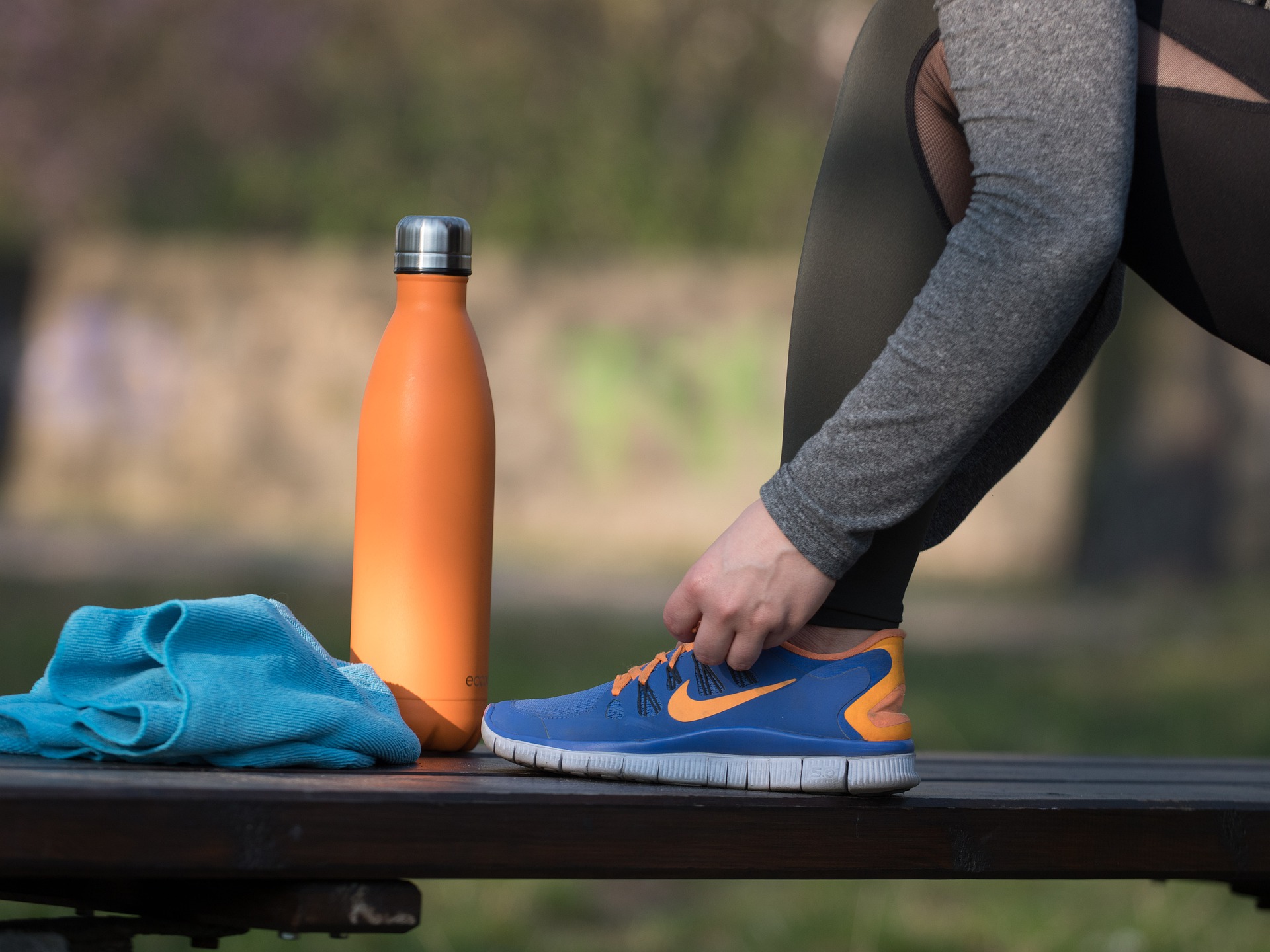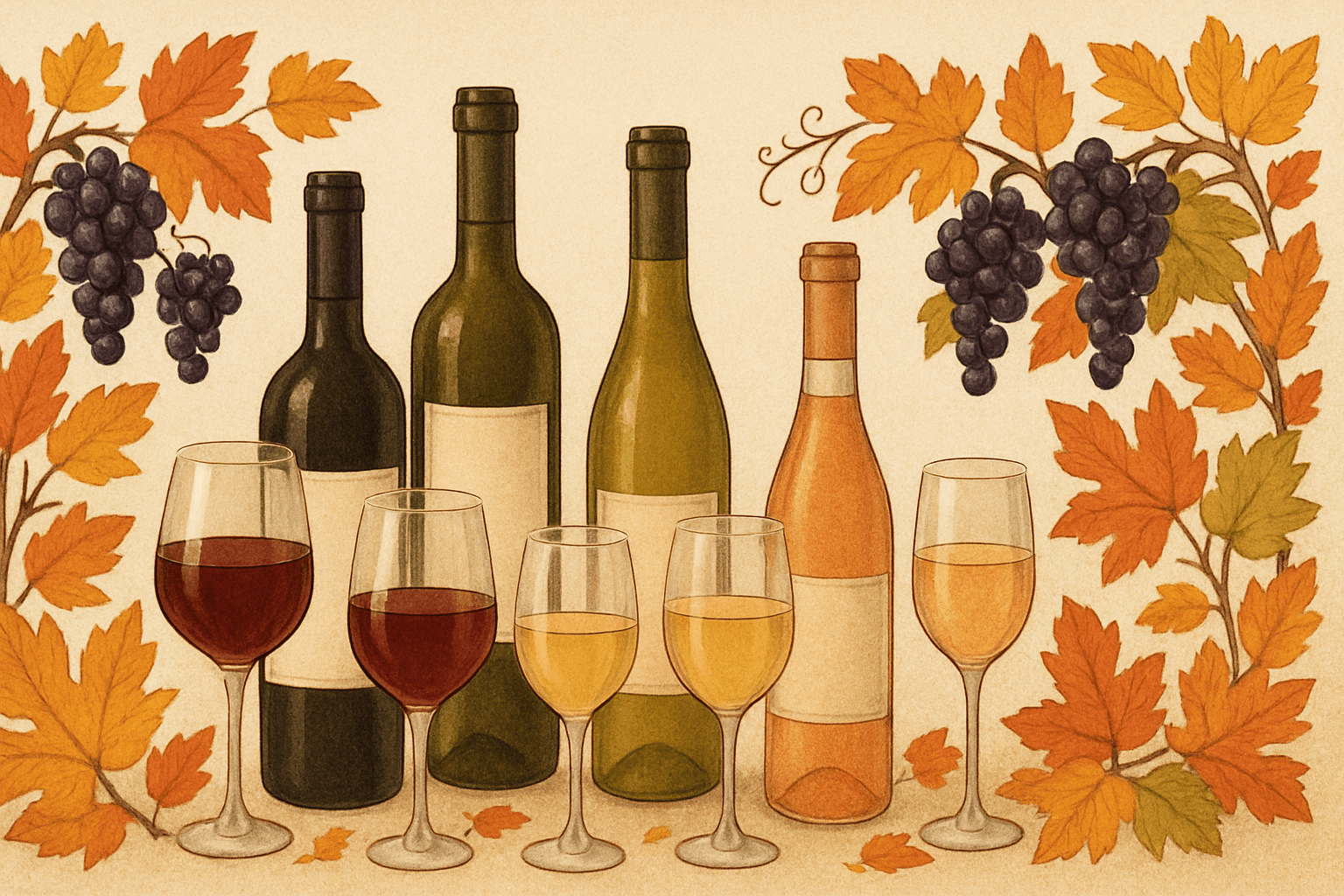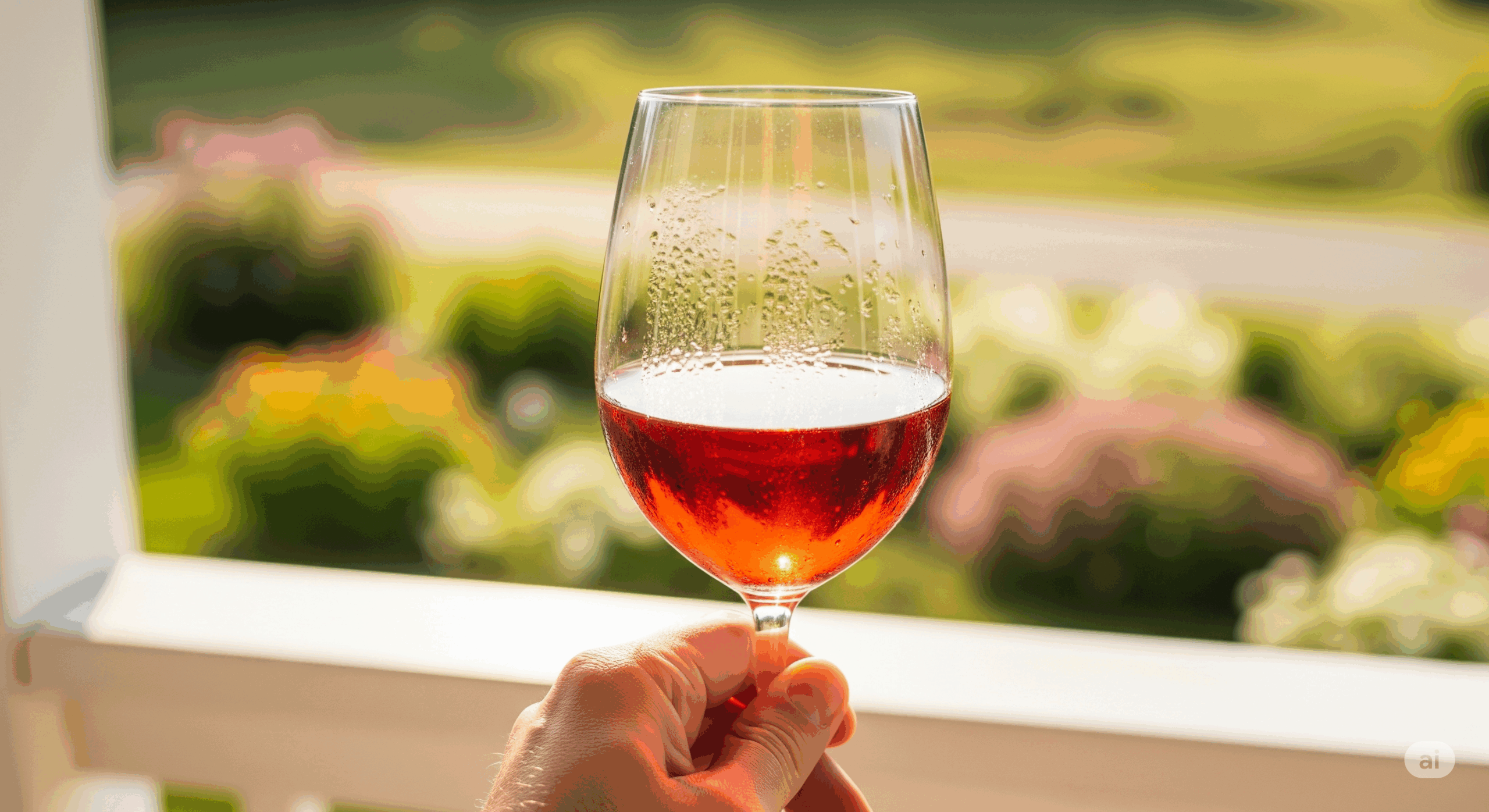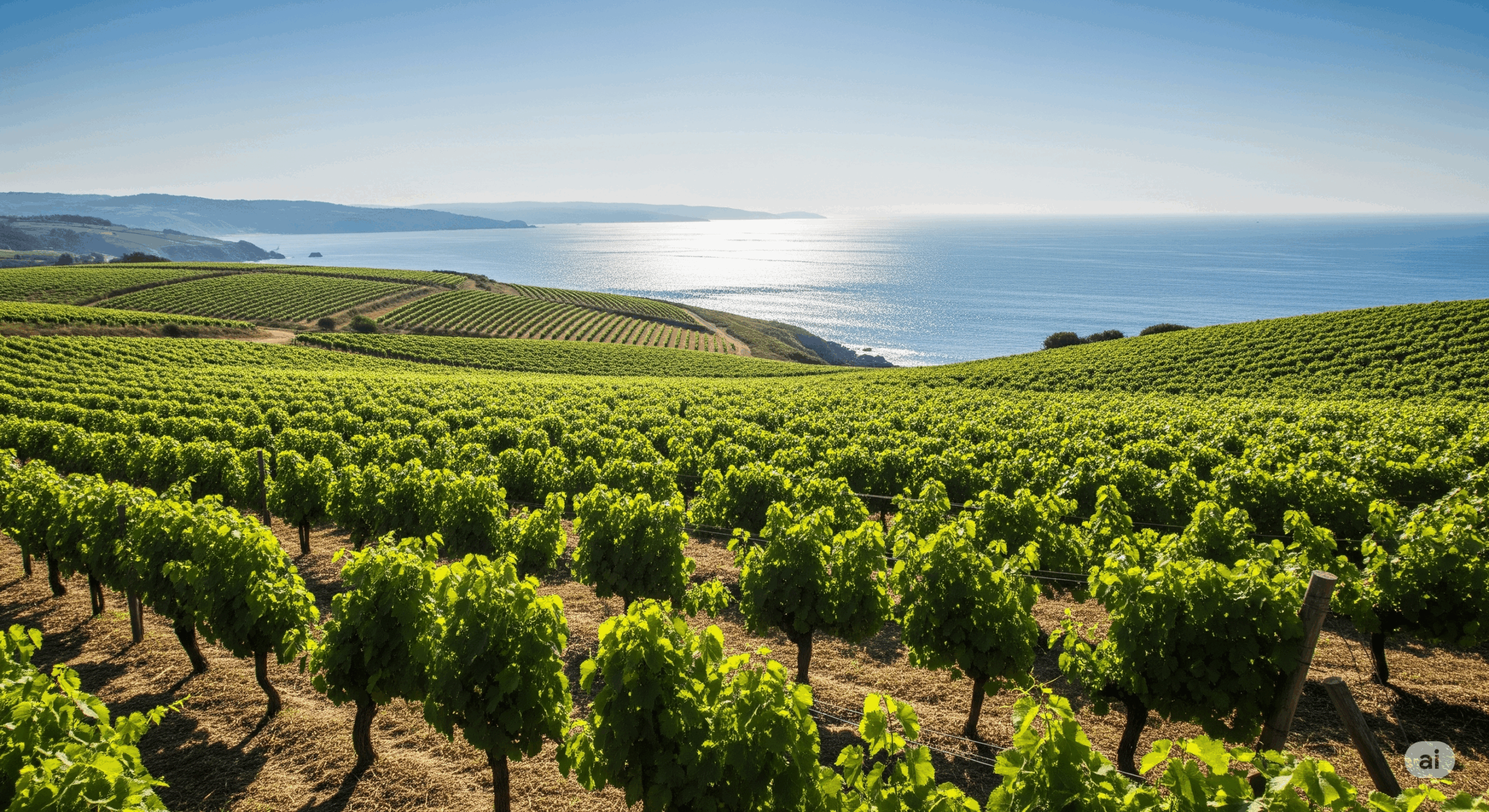Since we published our blog on The Healthiest Wine, we’ve received some questions about calories. With so many weight loss and weight management programs out there, counting calories has become the new norm for some viewers. So, here it goes, quick tips on pacing your drink when calories count.
What Makes Up Calories in Wine?
Most calories in wine come from alcohol – not carbs (or more precisely, sugars). That is unless we’re talking about sweet wine (which we’ll get to below). On average, a bottle of wine (750ml / 25 oz.) contains approximately 600 calories. A typical glass of wine (5 oz.) contains about 120 calories and the calorie count doesn’t differ much by wine type. For example:
- A glass of light, dry white wine (i.e. Albariño, Pinot Grigio, Sauvignon Blanc) at 10% alcohol by volume (ABV) contains about 100 calories (85 from alcohol and 15 from sugar).
- A glass of standard red or white wine (i.e. Pinot Noir, Cabernet Sauvignon, Chardonnay) at 13% ABV contains about 120 calories (110 from alcohol and 10 from sugar).
- A glass of Champagne will range from 100 calories (for Brut Nature, virtually no sugar) to 130 calories (for Doux, the sweetest Champagne on the spectrum).
- A glass of bold, high alcohol red wine (i.e. Zinfandel, Syrah, Red Blends) at 15% ABV contains about 130 calories (120 from alcohol and 10 from sugar).
As noted above, the one exception to the rule is sweet wines, like Sauternes, White Zinfandels, and Port. These are both high in sugar AND alcohol, a double whammy. This may be why the recommended serving size is much smaller: 2 oz. vs. the standard 5 oz. A 2 oz. pour will set you back 100 calories (68 from alcohol and 32 from sugar). For comparison purposes, that would be 250 calories for an equivalent 5 oz. pour!
Let’s Level Set
Okay, before you freak out and start pouring your bottles down the drain, let’s put this into perspective. A pint of beer (16 oz.) with 5% alcohol contains about 230 calories (162 from alcohol and 68 from sugar) and a shot of Vodka (1.5 oz.) contains about 100 calories (entirely from alcohol). If you think about non-alcoholic beverages, a Starbucks tall soy latte has 110 calories, a tall skinny mocha is 130 calories, and a tall skinny Frappuccino (with no whip!) will set you back 160 calories. And let’s face it, how many of us actually stick to the smallest/healthiest options at Starbucks!
Dust Off Your Calculator
For those of you whose weight management program requires more precision, here’s a formula you can use to estimate calories before you drink up. Alcohol carries 7 calories per gram and carbs run 4 calories per gram. Since wine is a balancing act between alcohol and sugar (generally as one goes up the other goes down), the more important figure to watch is the higher caloric alcohol. As such, the basic formula used to calculate calories in wine is based off the alcohol by volume (ABV) percentage. This is simple to do since the ABV is legally required to be displayed on each bottle.
Alcohol (ABV%) x Number of Ounces x 1.6 = Calories from Alcohol
If you must calculate the calories from sugar (which might be a good idea for sweet wines!), you’ll need to dig deeper to find the percentage of Residual Sugar (often referred to as “RS”.) This may require a Google search for the wine’s “tech sheet” since RS is not legally required to be displayed on the bottle (and often is not). When you find the tech sheet, RS will be displayed in two ways: grams/Liter or as a percentage. Hint, if it’s grams/Liter, just divide by 10 to get the percentage. Once you have the percentage, here’s the formula:
Residual Sugar (RS%) x Number of Ounces x 1.14 = Calories from Sugar
Let’s do an example from a wine we recently featured in our Wine Picks, the 2013 Neyen Espiritu De Apalta Red. According to the tech sheet, the wine has 14% ABV and 1.45 g/L of RS.
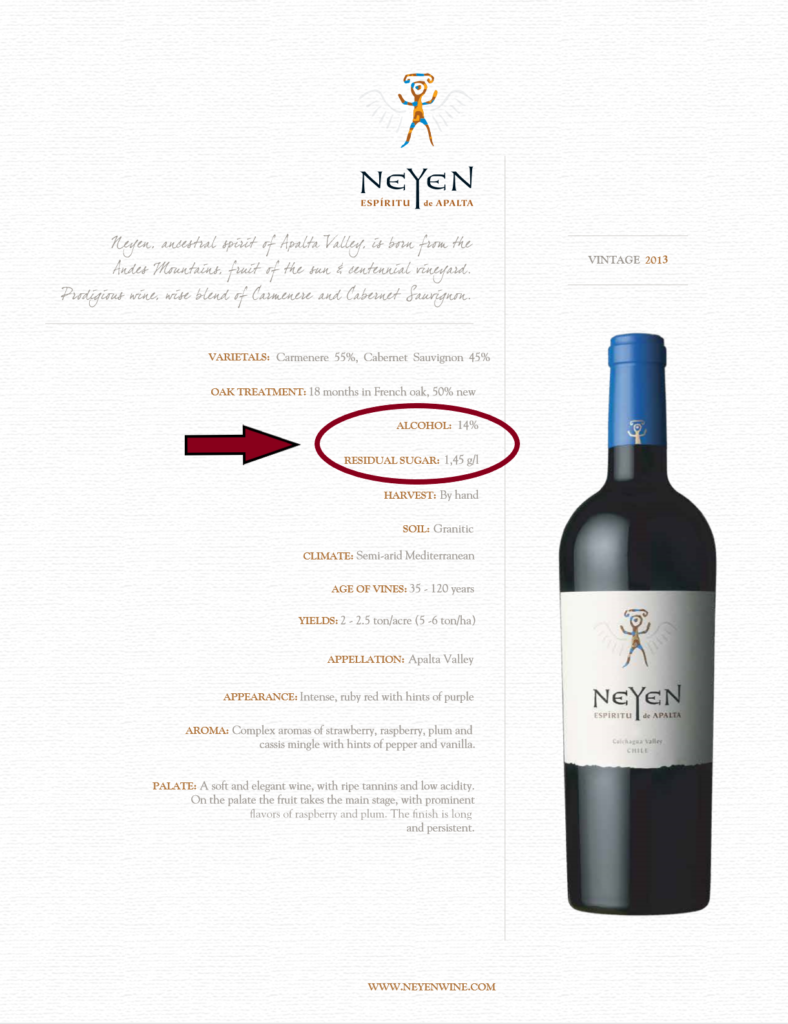
If we do the calculation, we end up with the following:
Alcohol (ABV%) x Number of Ounces x 1.6 = Calories from Alcohol
- 14% x 5 oz. x 1.6 = 112 Calories from Alcohol
Residual Sugar (RS%) x Number of Ounces x 1.14 = Calories from Sugar
- 1.45 g/L divided by 10 = 0.145%
- 0.145% x 5 oz. x 1.14 = 0.827 Calories from Sugar
Total Calories = 112 Calories from Alcohol + 0.827 Calories from Sugar = 112.827 Calories Per Serving
Calories Are Not Everything
We hope this puts some folks at ease that a glass of wine (or two) a day isn’t going to through you into a caloric spiral. But keep in mind that calorie counts don’t tell the whole story of a wine’s nutritional value. There are a number of great benefits, some of which are highlighted in The Healthiest Wine, but there are so many more. Be on the lookout for a future blog on the topic. Till then, Happy Hunting!
Did you like this content? If you did, let us know and share it with your friends.
This page contains affiliate links. We receive a small compensation when you purchase through affiliate links. While clicking these links won’t cost you a cent, it will help us keep the lights on and buy more wine. To find out more, click here.

